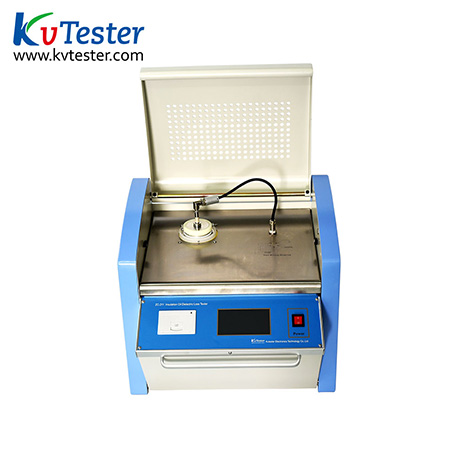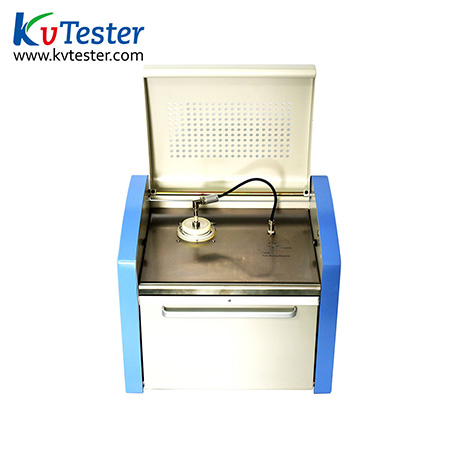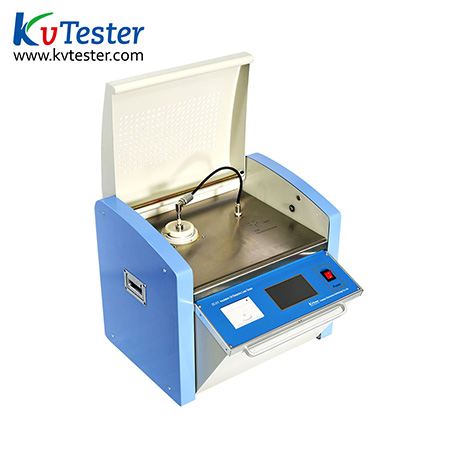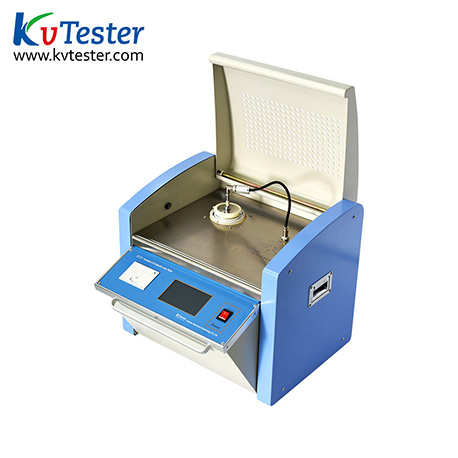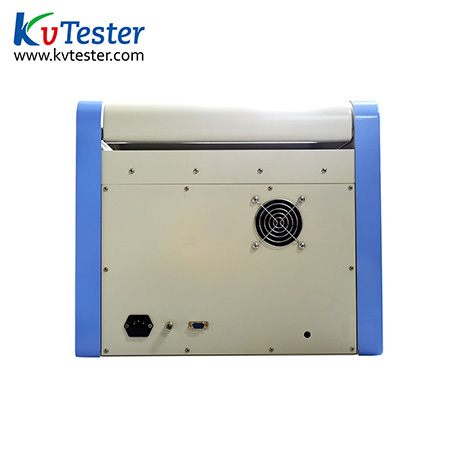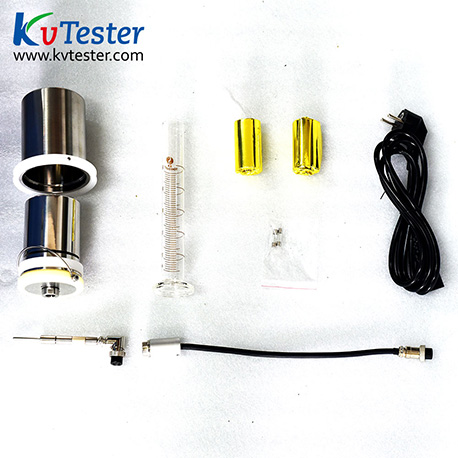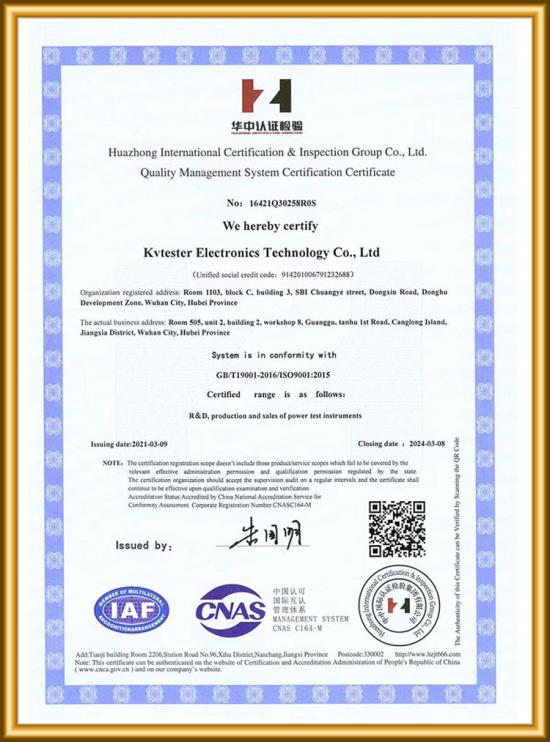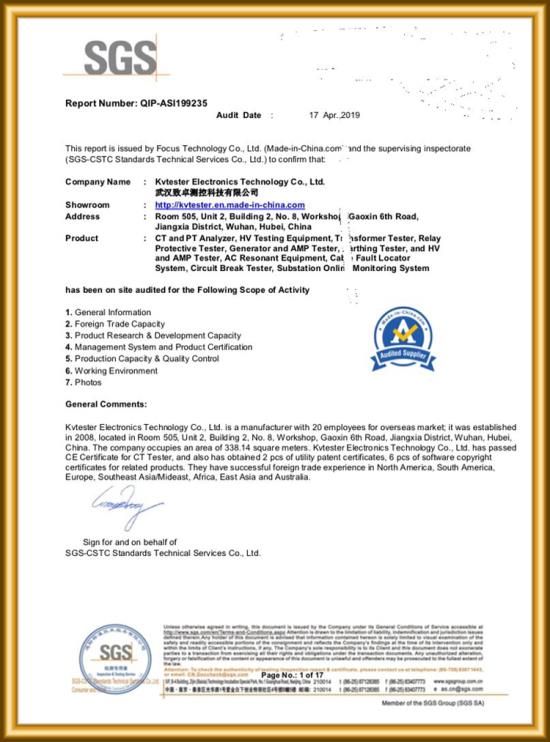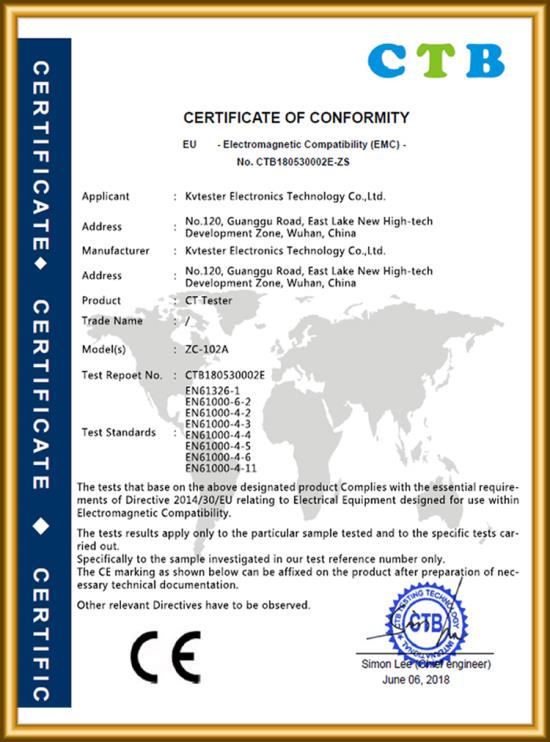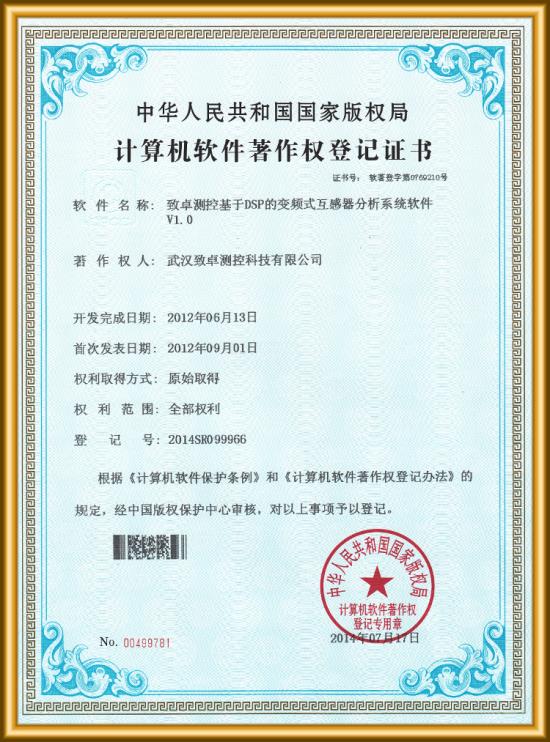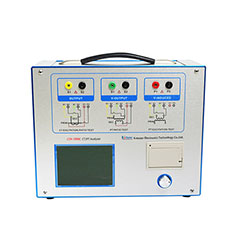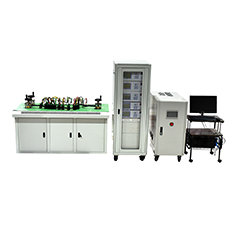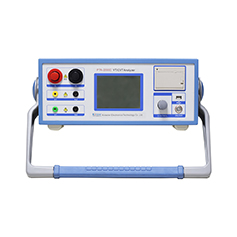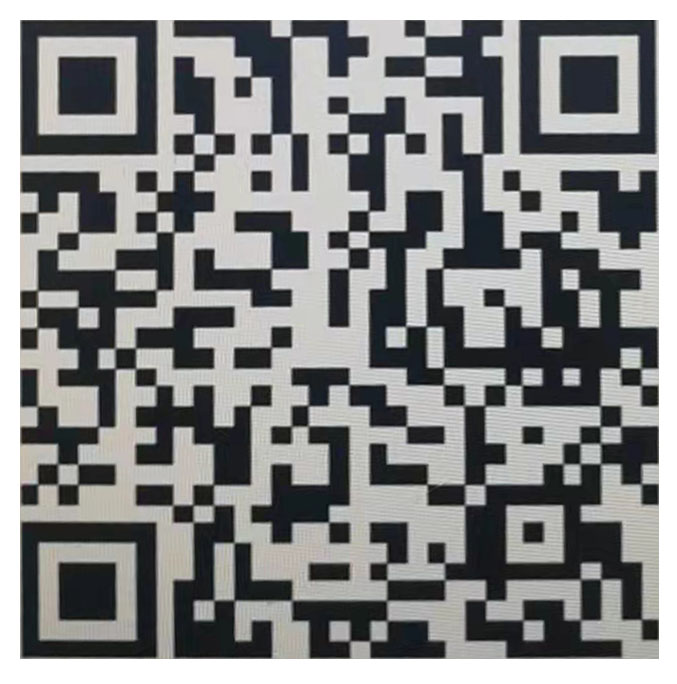1. The transformer tester unit adopts a three-electrode structure conforming to the national standard GB/T5654-2007. The electrode gap is 2mm, which can eliminate the influence of stray capacitance and reduce the impact of leakage on the dielectric loss test result.
2. This transformer tester uses medium frequency induction heating and PID temperature control algorithm. The heating method can make the test box and the heated body have no contact, the heating is uniform, the control is quick and convenient, and the temperature is strictly controlled within a predetermined temperature range.
3. Internal capacitor is SF6 gas-filled three-electrode capacitance, its dielectric loss and capacitance is not affected by the ambient temperature and humidity. It can make the instrument accuracy be guaranteed after prolonged use.
4. AC test power supply using AC-DC-AC conversion, effectively avoid the fluctuations in mains voltage and frequency on dielectric loss measurement accuracy effect. Even a generator, the instrument can work properly.
5.Perfect protection function; When there is over voltage、over current or high-voltage short circuit, instruments can quickly cut off pressure, and issues a warning message. When the temperature of the sensor failure or not connected, the instrument will also issue a warning message.
6.There is a temperature limiting relay in the medium frequency induction heating furnace. When temperature above 120 degrees, the instrument frees the relay and stops heating.
7.More convenient the experimental parameter is set. Temperature setting range 0~125℃, AC voltage setting range 500~2200V, DC voltage setting range 0~500V.
8.Large LCD display with backlight and clear display, Friendly human-machine interface, simply follow the Chinese characters menu prompt, enter the command, the instrument can be automatically tested, and automatically store and print test results.
9.The instrument comes with real time clock, the test date and time can be saved、displayed and printed with the test results.
10.Test cell calibration. We can judge the test cell’s cleaning and assembly by measuring electrode capacitance and dielectric loss factor of the test cell. The calibration data is automatically stored, in order to accurately calculate the relative permittivity and the DC resistivity.


